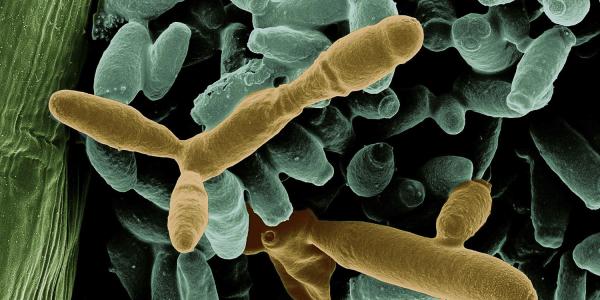Fundamental limits to organelle biogenesis control in Saccharomyces cerevisiae
One of the biggest challenges in quantitative cell biology is understanding the precision with which cells assemble and maintain subcellular organelles. A critical property that governs organelle function is its size. Organelle sizes must be flexible enough to allow cells to grow or shrink them as environments demand, yet be maintained within homeostatic limits. Despite identification of numerous molecular factors that regulate organelle sizes, we lack insight into the quantitative principles underlying organelle size control. We examined organelle sizes from Saccharomyces cerevisiae cells with our mathematical theory to show that cells can robustly control average fluctuations in organelle size. By demonstrating that organelle sizes obey a universal scaling relationship that we predict theoretically, our framework suggests that organelles grow in random bursts from a limited pool of building blocks. Burst-like growth provides a general biophysical mechanism by which cells can maintain on average a reliable yet plastic organelle size.

